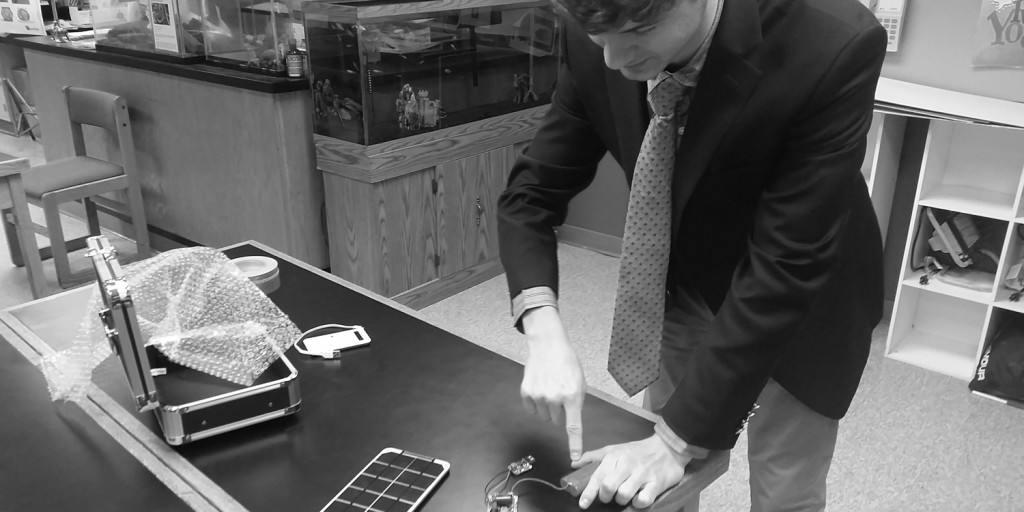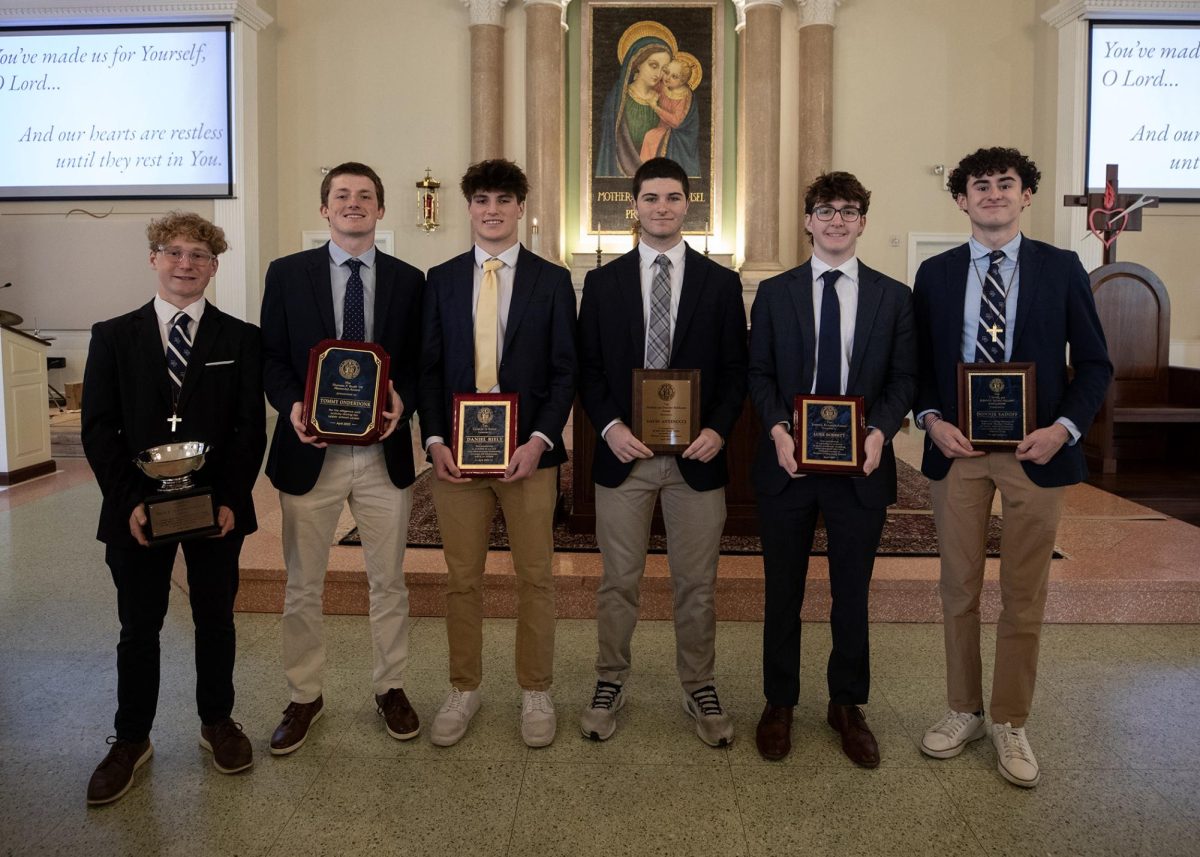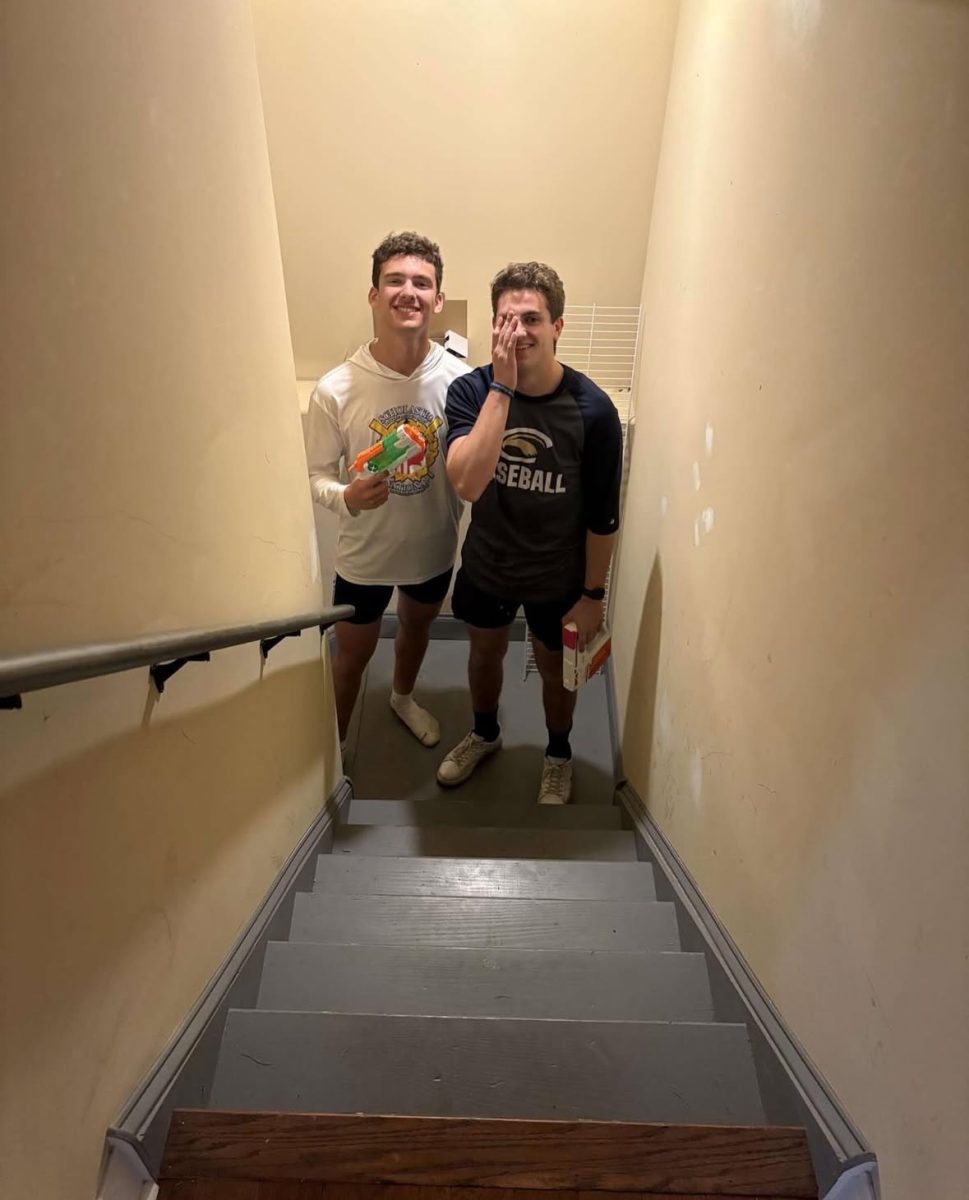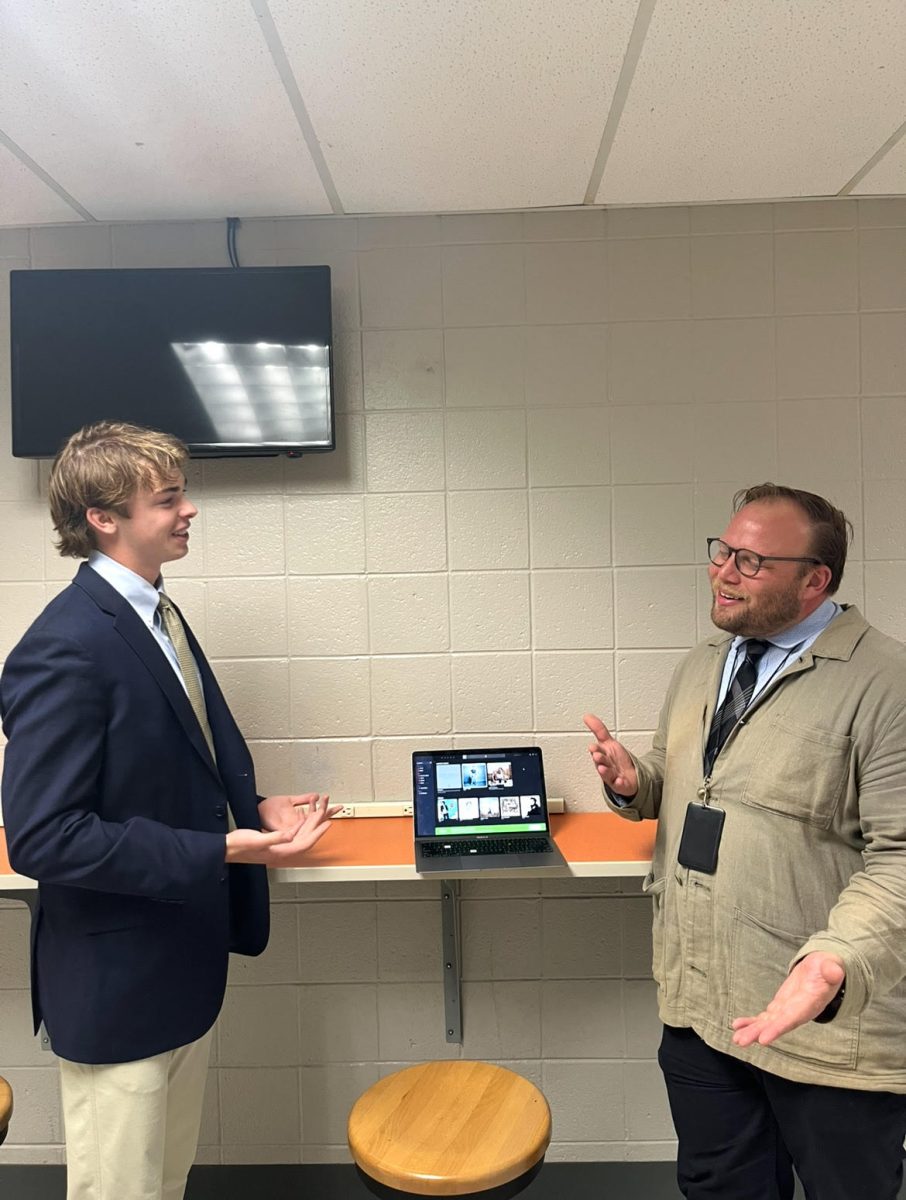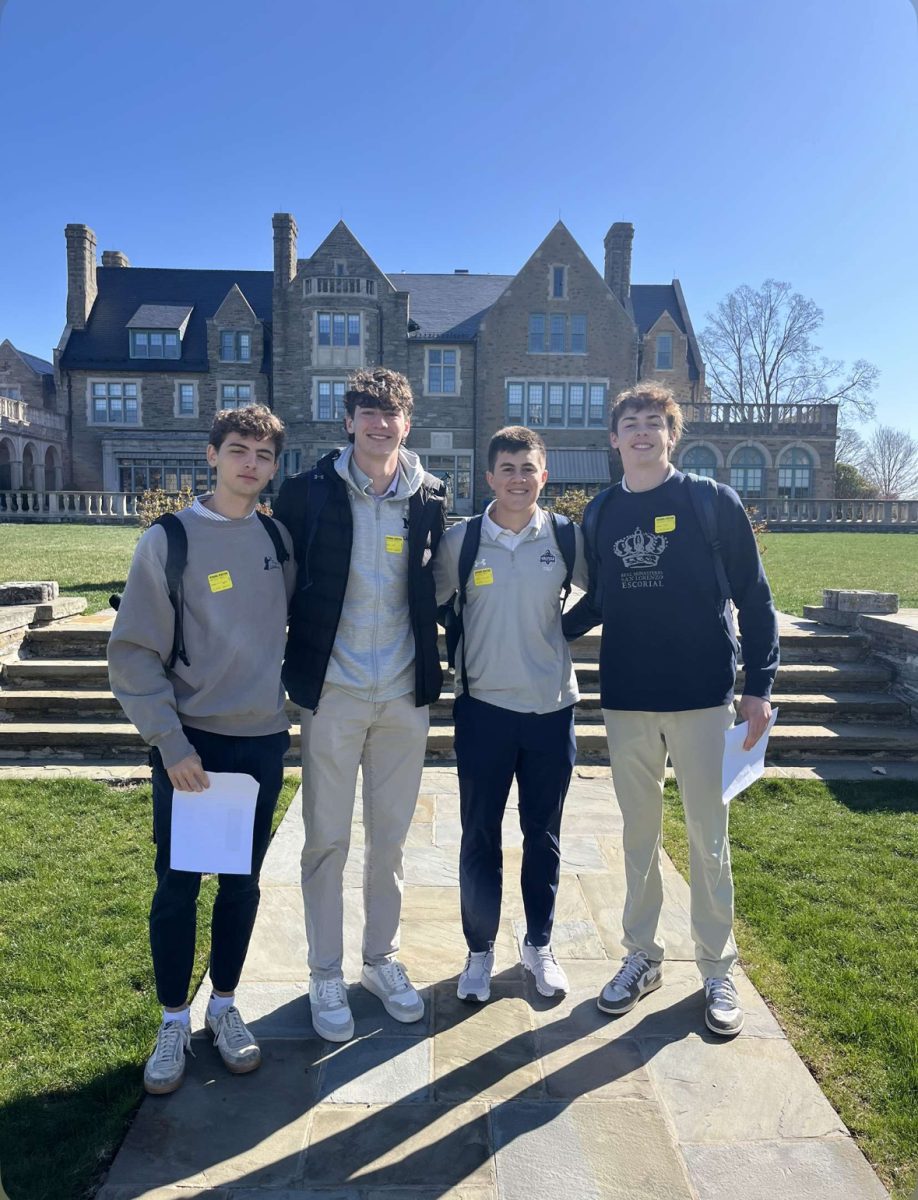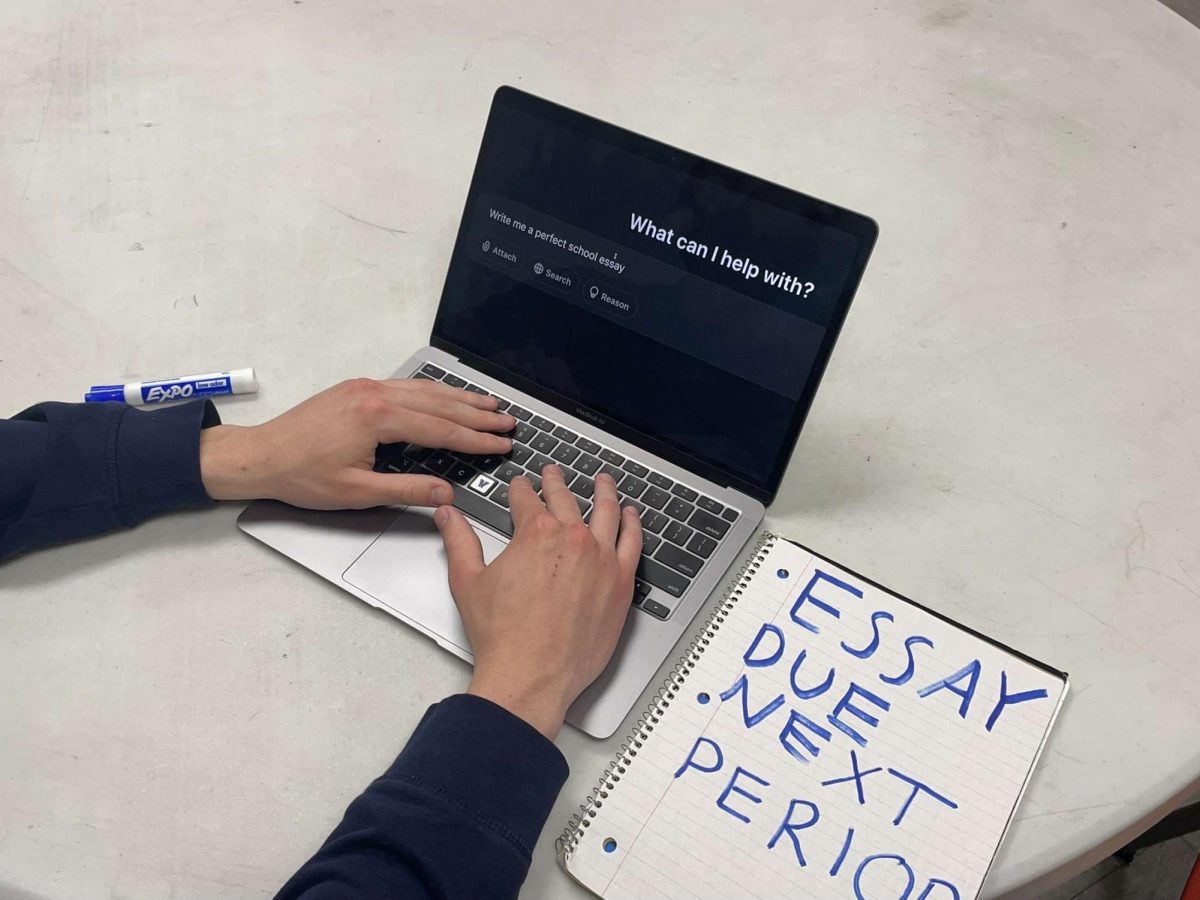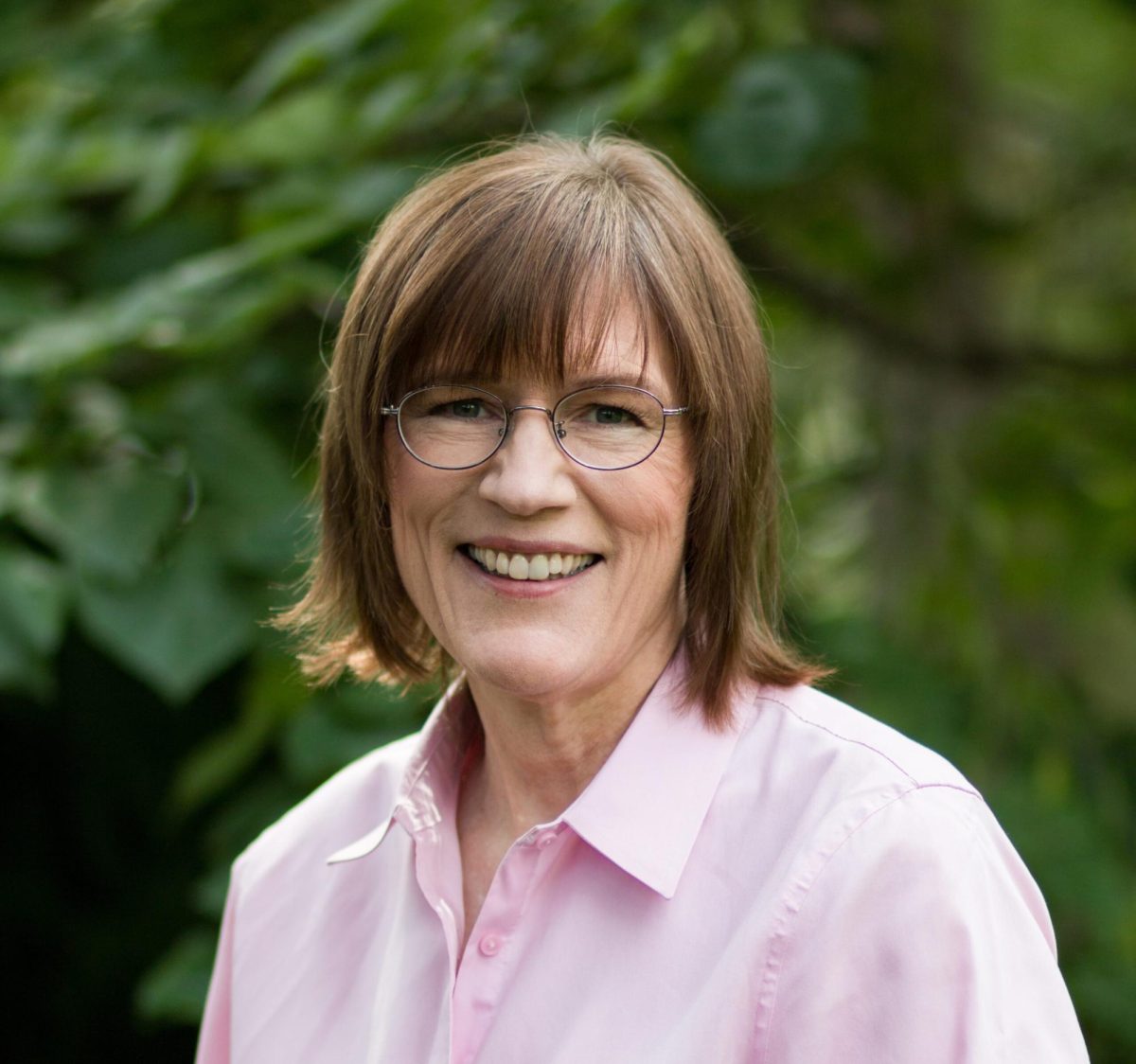Ben Yankelitis ’16, Rohan Jhunjhunwala ’18
AP Physics Electricity and Magnetism’s new project could have far reaching implications.
How about when you are posed with creating a new piece of technology on your own?
Mr. Mike Koenig’s AP Physics Electricity and Magnetism class is currently working on making three projects based around their knowledge of circuits.
Every second semester, Koenig has his physics students do a project to so they can “work with their hands and do something practical.”
The class of nine seniors divided into three groups. The groups are respectively working on a solar phone charger, a rain activated retractable awning, and a scanning device to lock and unlock a safe with a cell phone.
The students pitched all of these ideas these themselves. “Each of the groups had a specific area they were interested in,” Koenig said.
Seniors Steven Van Ommeren, Alexander Mankowski, and Sam Li are creating the solar phone charger, with the hopes of leaving it outside on Malvern’s campus for use by anyone.
The device is powered by a solar panel that charges a battery. Once the battery is charged, it runs its power through a circuit that has a USB input, where a charger can be plugged in. The phone could be charged directly from the solar panel, but the group used the battery and circuit to provide a faster output of charge.
“There’s things that we have learned in class like capacitance, voltage, and current that we can see in this,” Van Ommeren said.
Additionally, they are working to construct a case that allows sunlight to reach the panel, but protects the technology from its surrounding environment such as rain.
The group is currently in a testing phase assessing how much battery the charger could provide the Malvern students who wants to study outside during an open period. According to Van Ommeren, they are trying to make it waterproof and the USB input easily accessible.
The second group composed of Zac Chan, Mike Flanagan, Ben Koo and Justice Bennett are creating the automatic awning for the table on the patio outside of Stewart Hall.
The main aspect is an arduino (small computer that can read code and send signals) that will have a sensor to detect if it is raining. If the sensor is wet, the arduino will start sending power to a battery to power a motor to open and close the umbrella.
In addition to wiring a circuit, this group has to code the arduino. “I’m loving it,” Chan said.
The final group of Matt Heisler and Chris Bunn is enlisting the ideas behind Apple Pay to use near field communication (NFC) to lock and unlock doors.
The near field communication occurs when a card in your phone transmits very short signals. An arduino on the door knob will receive the signal with an NFC shield, an external attachment to the arduino and unlock the door, using a small motor.
Bunn is coding both the arduino and card on the phone. He will make an app that you could download on your phone to then use to unlock the doors.
This same technology and method is used for the Apple Pay and other mobile payment functions.
These projects also help the students with project management skills, according to Koenig.
“Loosely, this is the model you follow for a project [in engineering] – going through the proper steps, including execution, purchasing products, working with a budget and communicating with a supervisor,” he said.
The students are also having fun along the way.
“It definitely breaks the monotony of lectures in class and gives us something to do on our own and with our hands,” Li said.
Science Department Leader Kevin Quinn also sees the benefits of the project.
“It is one of the best examples of the type of education [Malvern is] trying to move to,” he said. “These guys are doing projects that actually address a need.”


